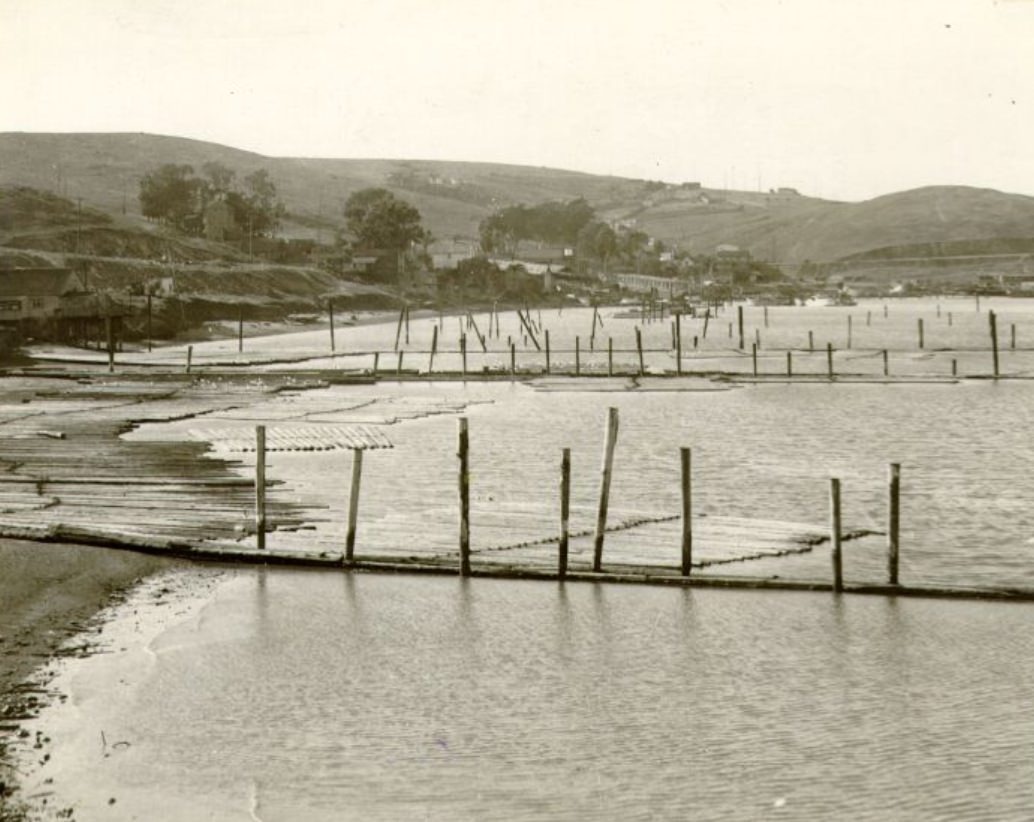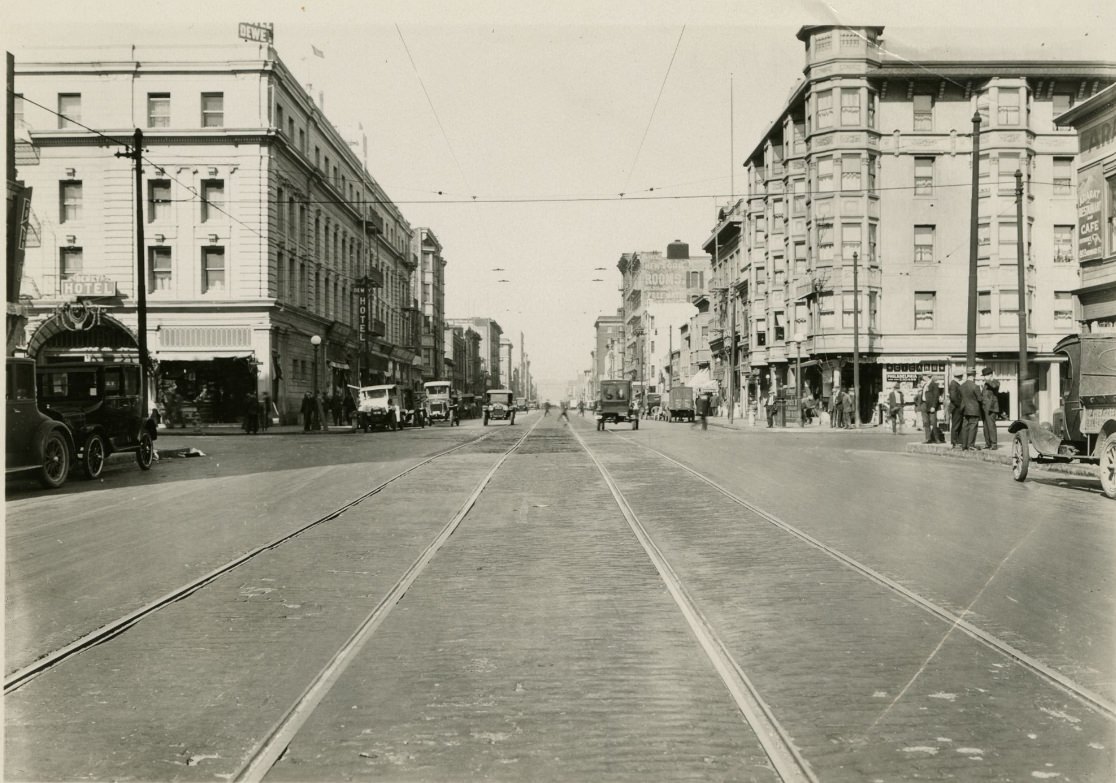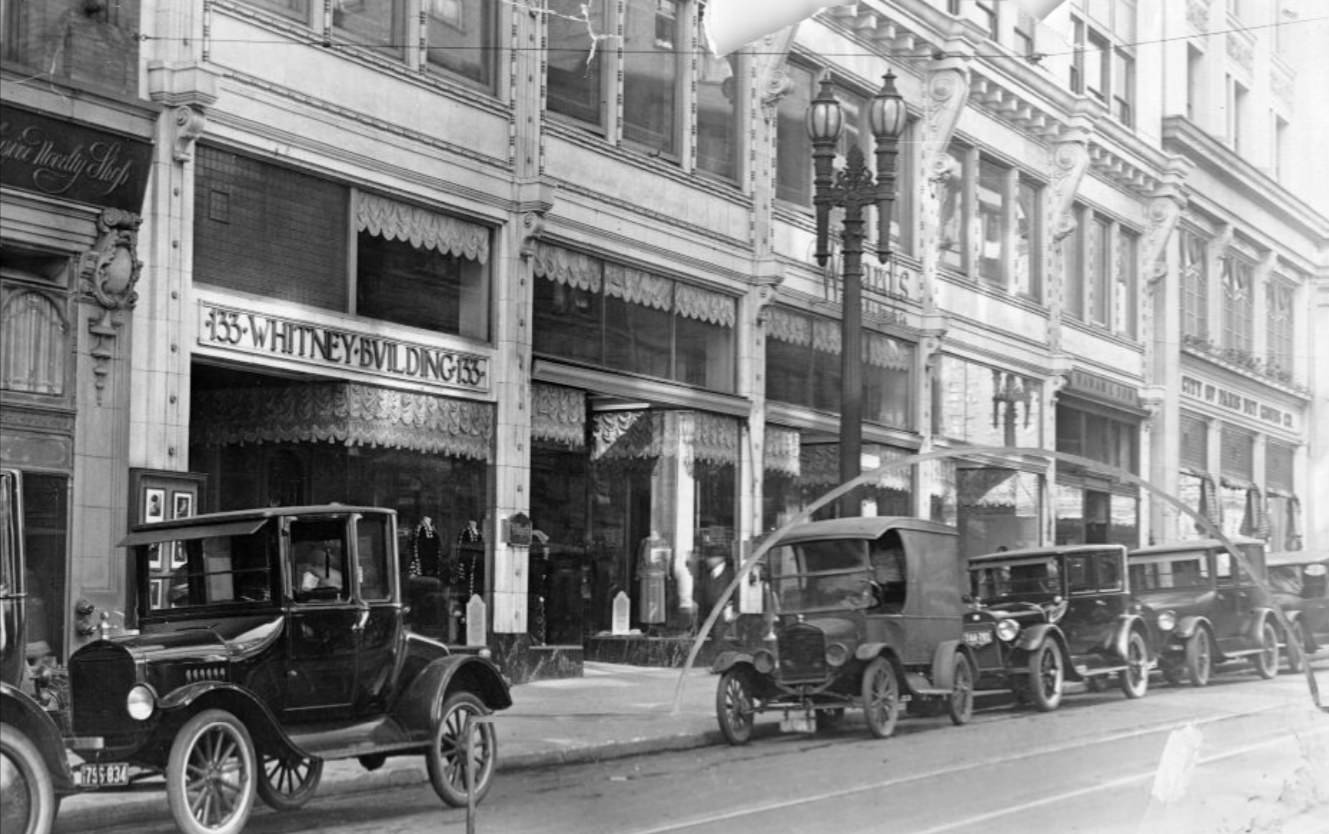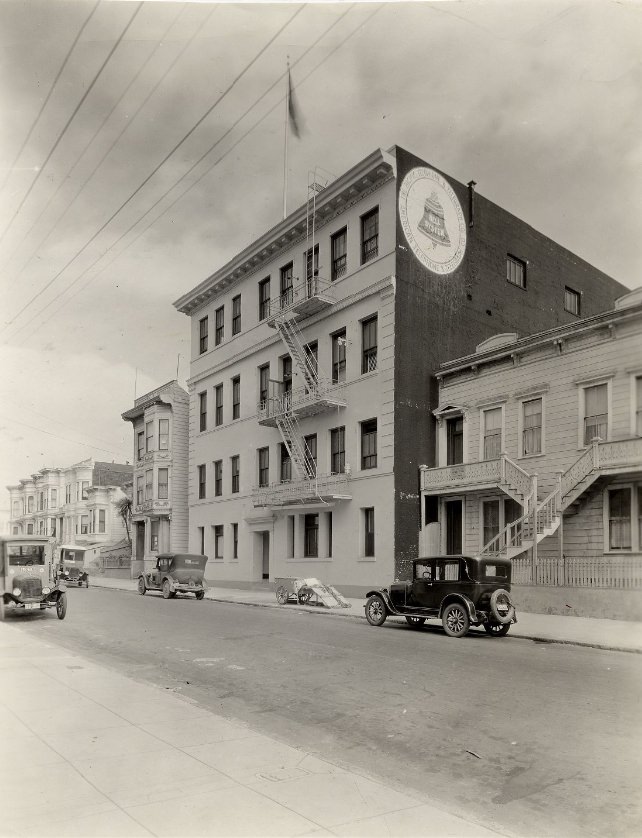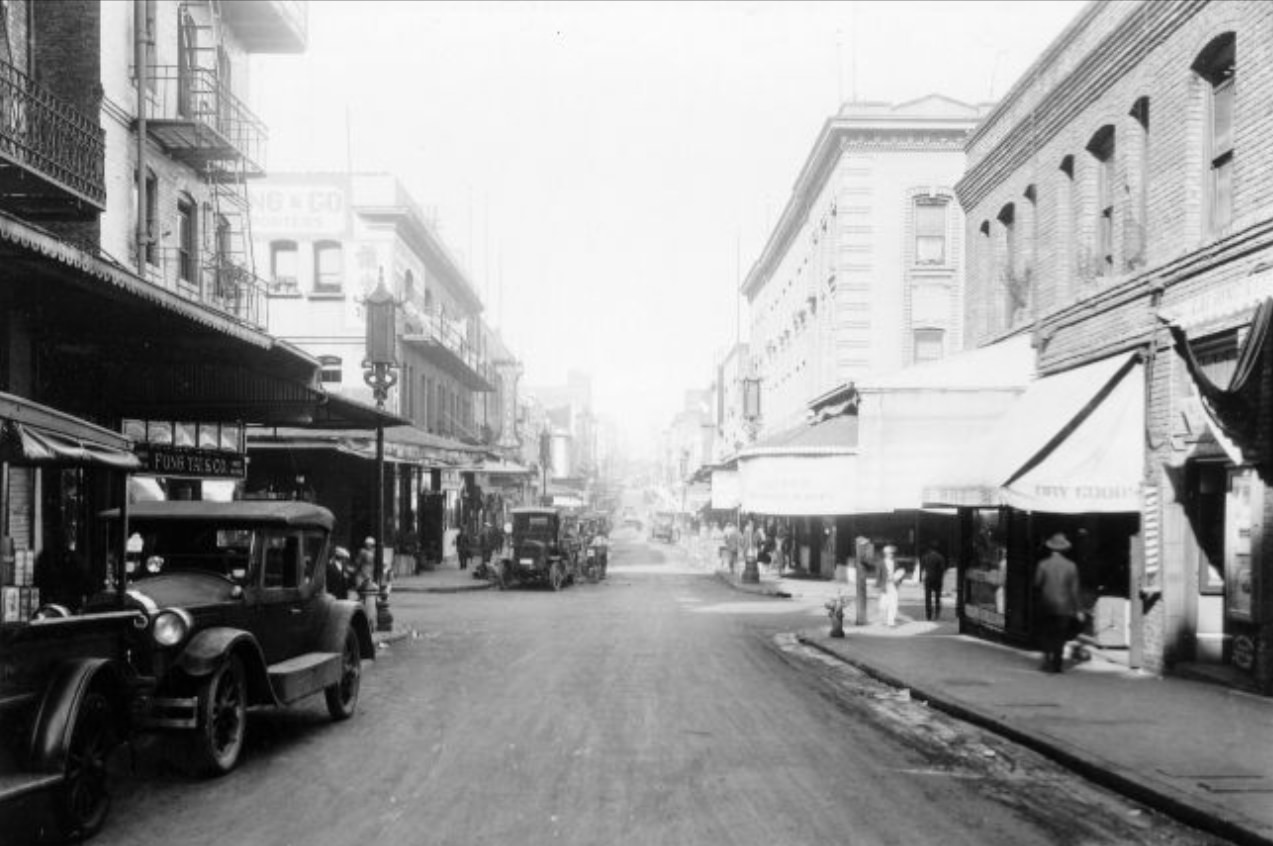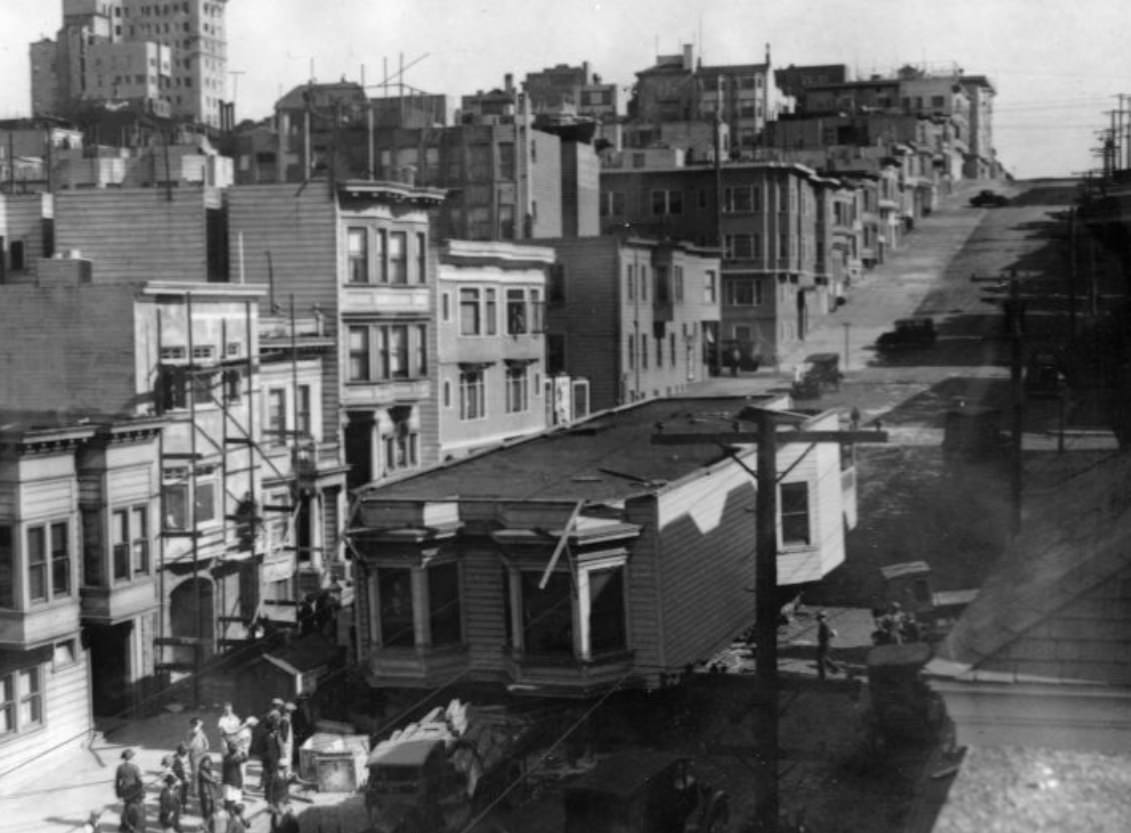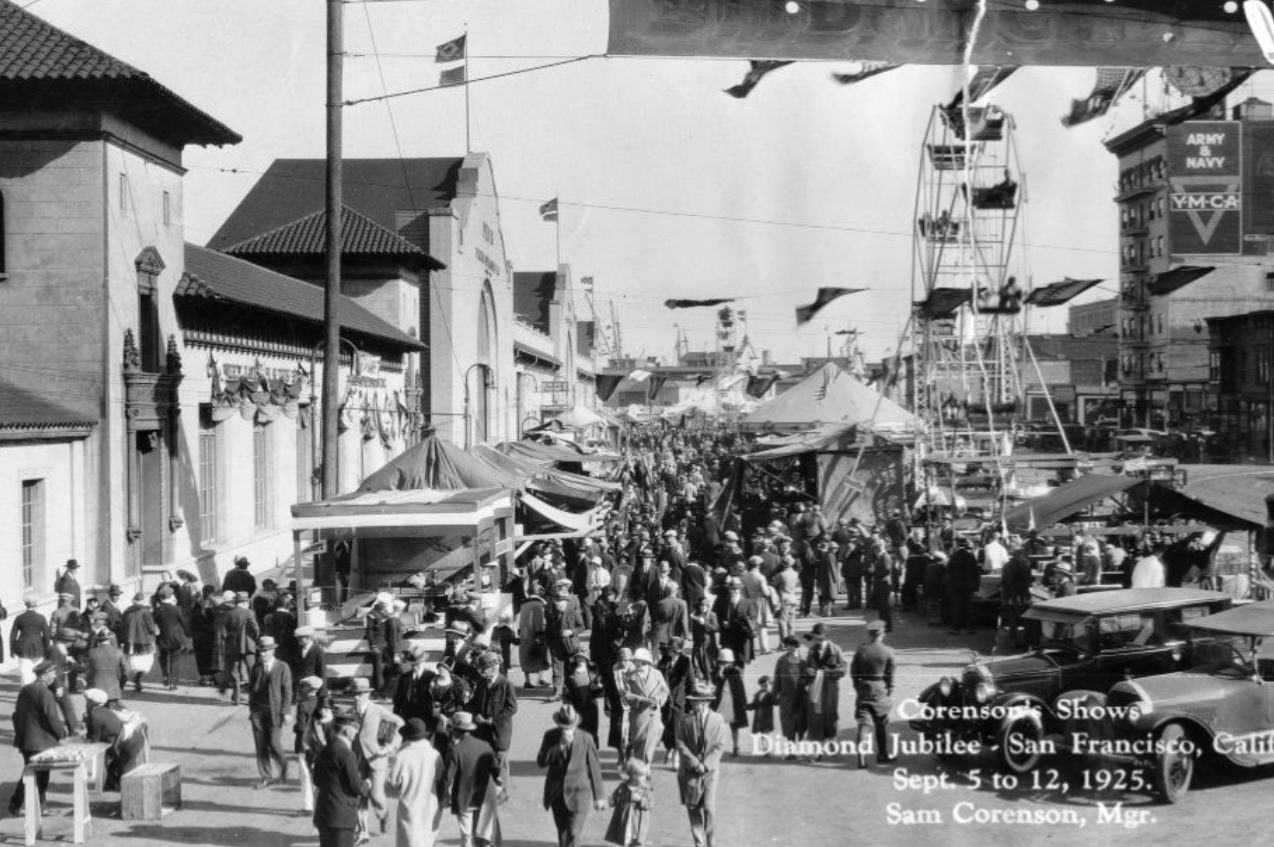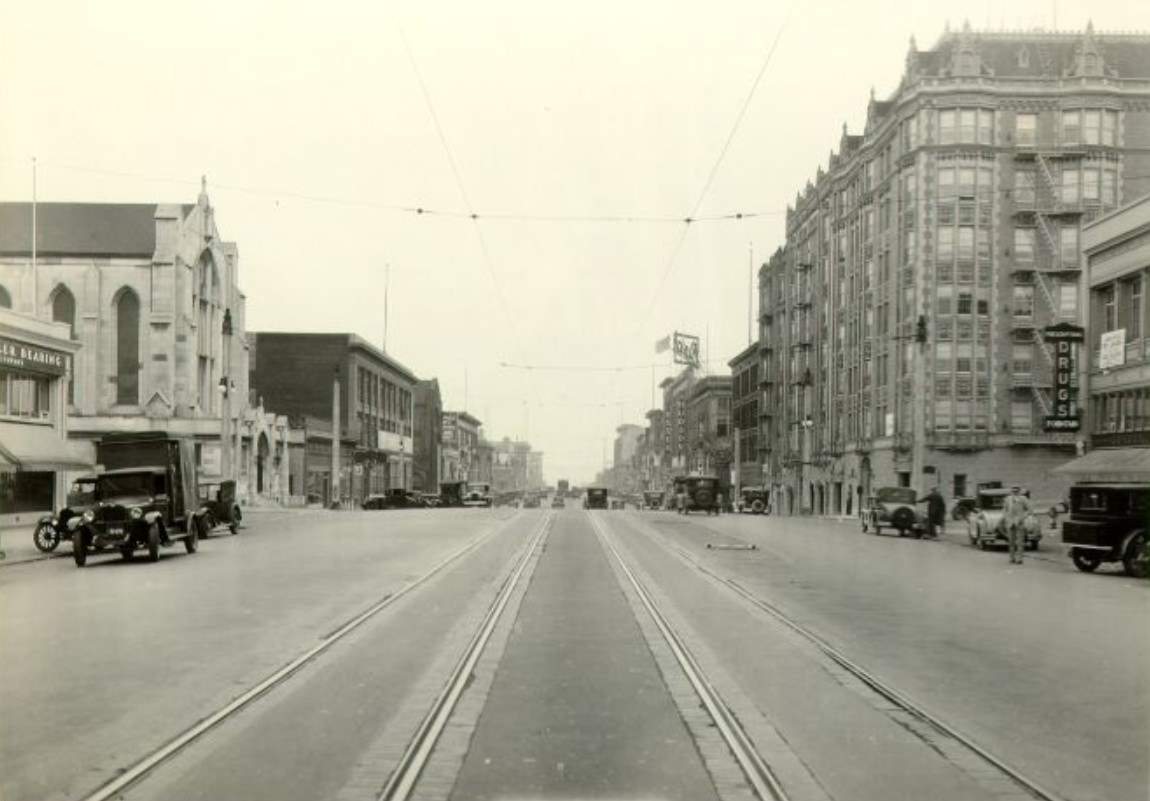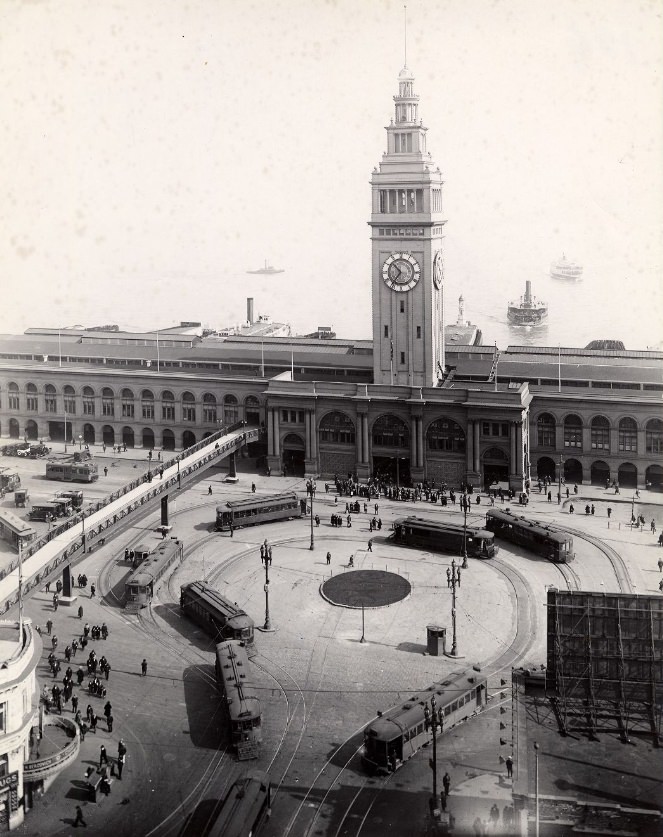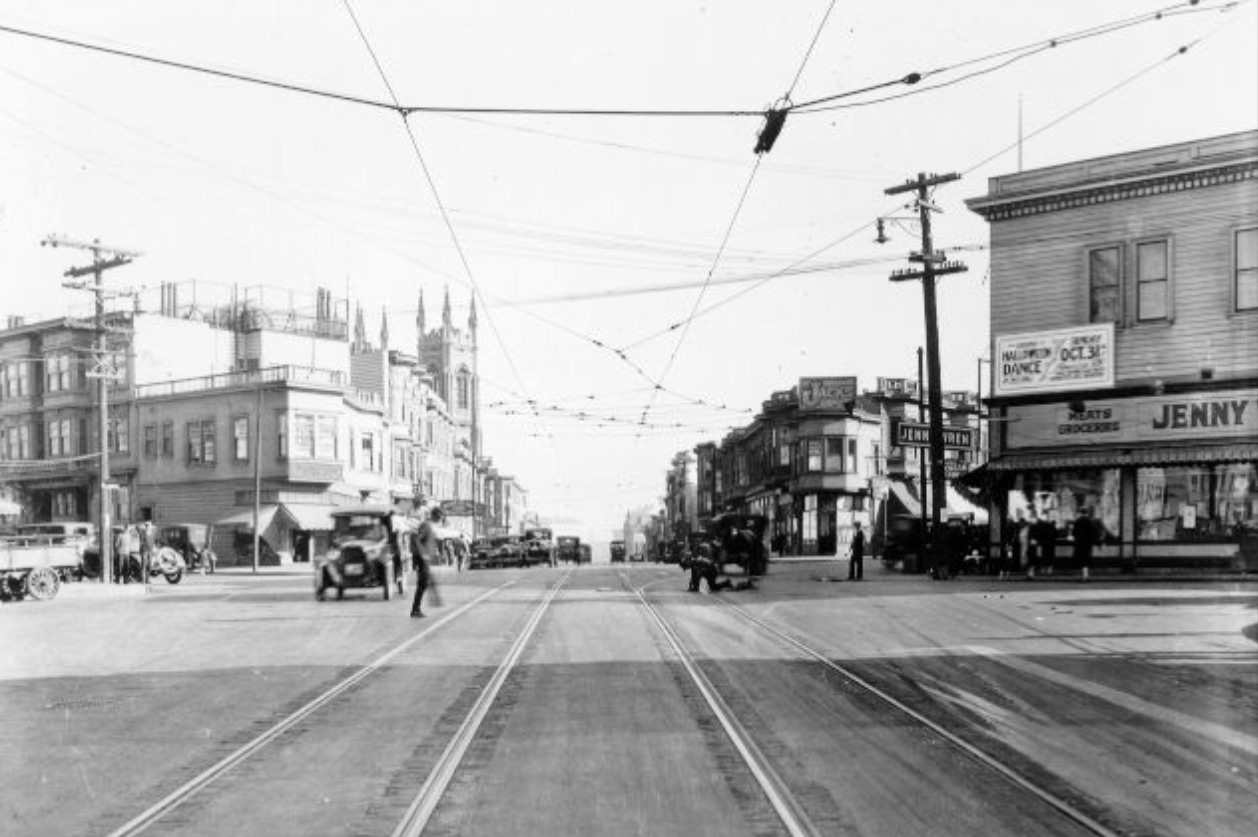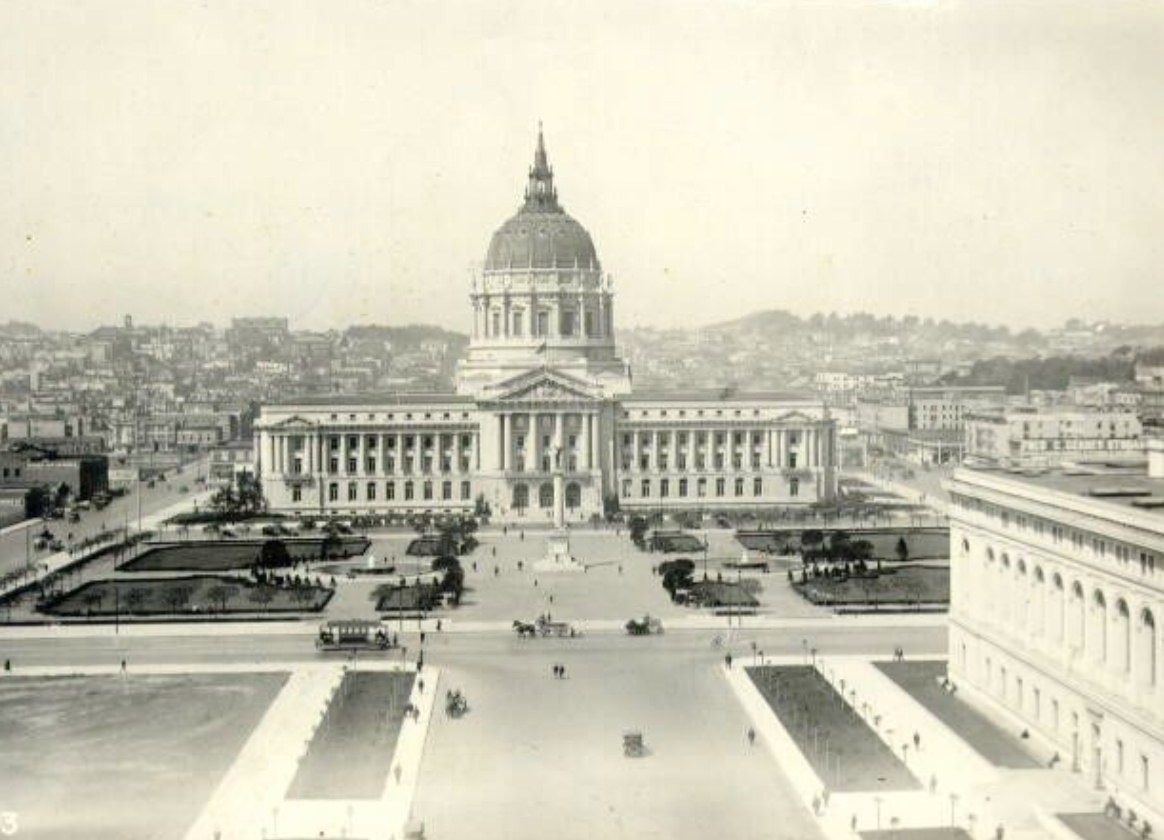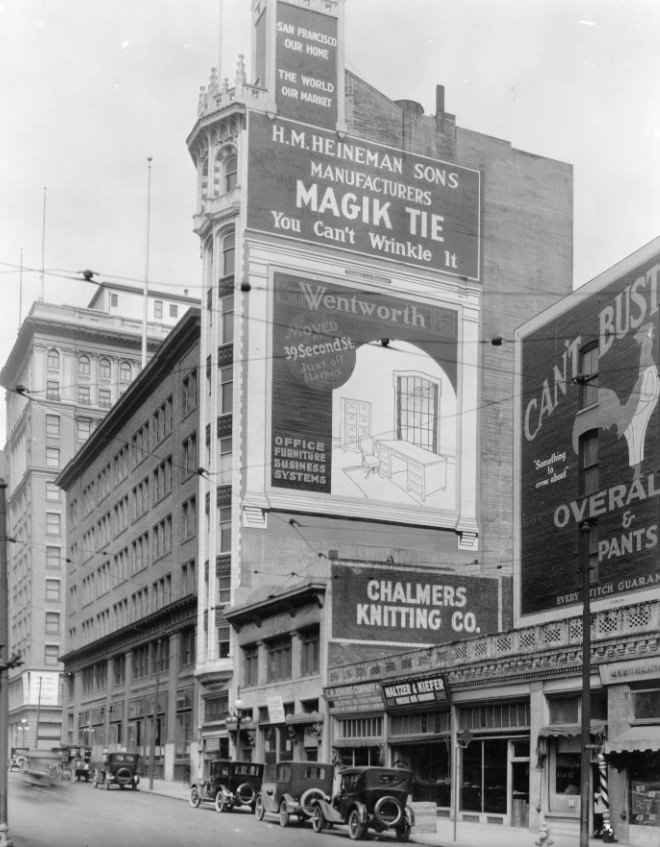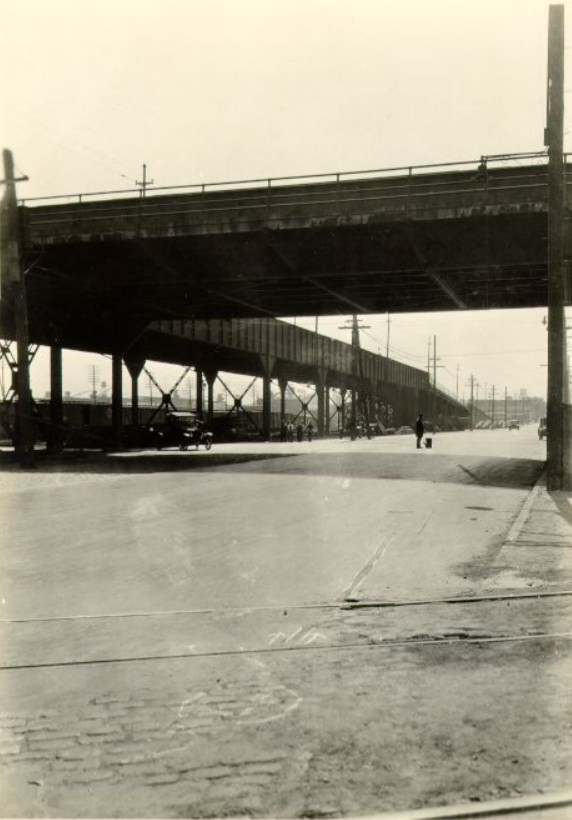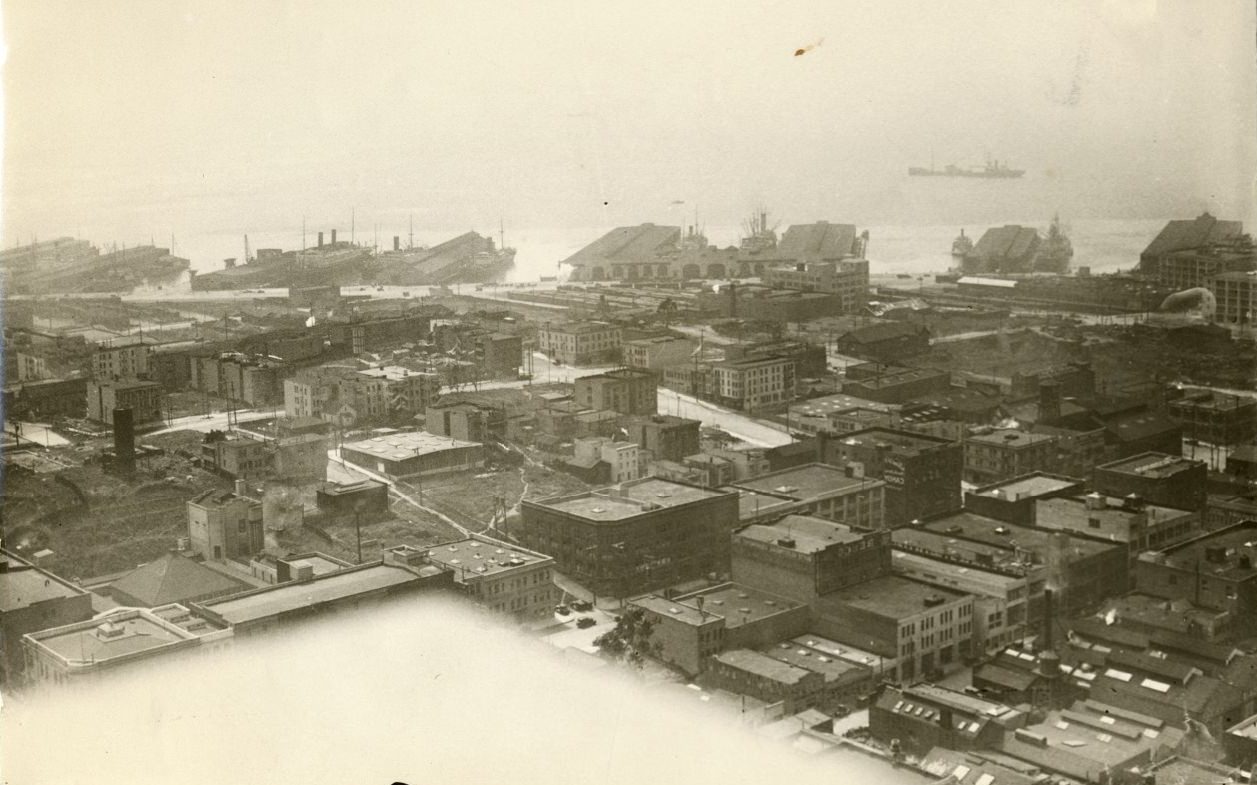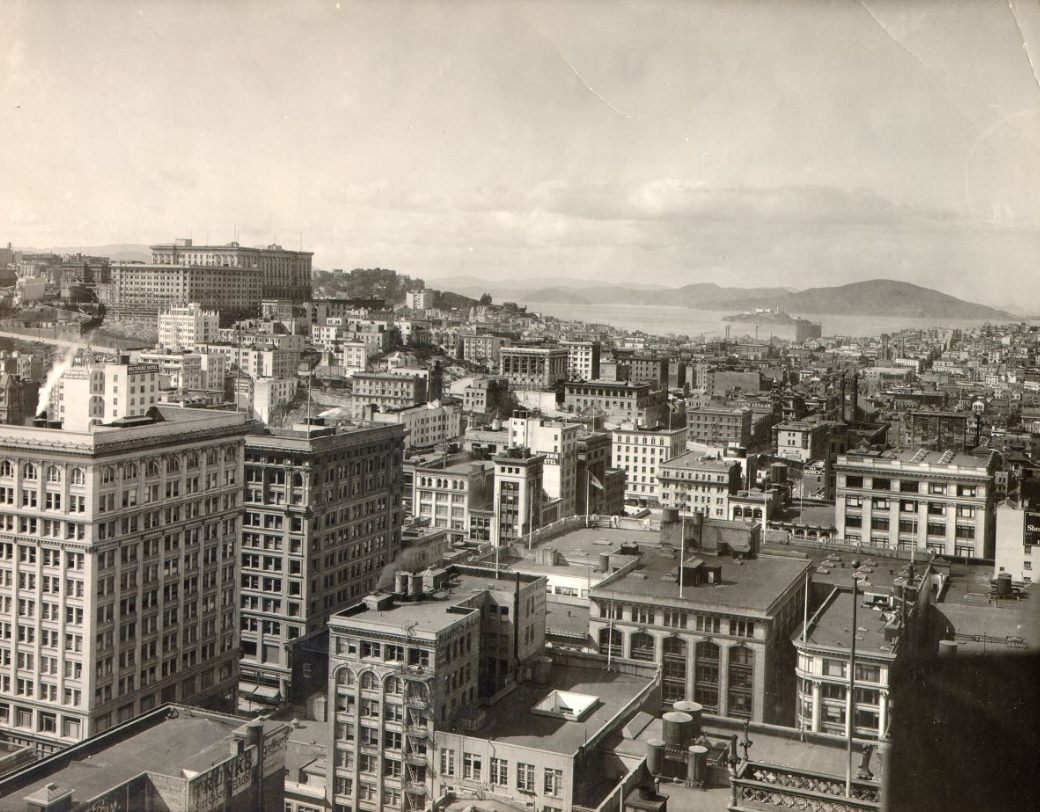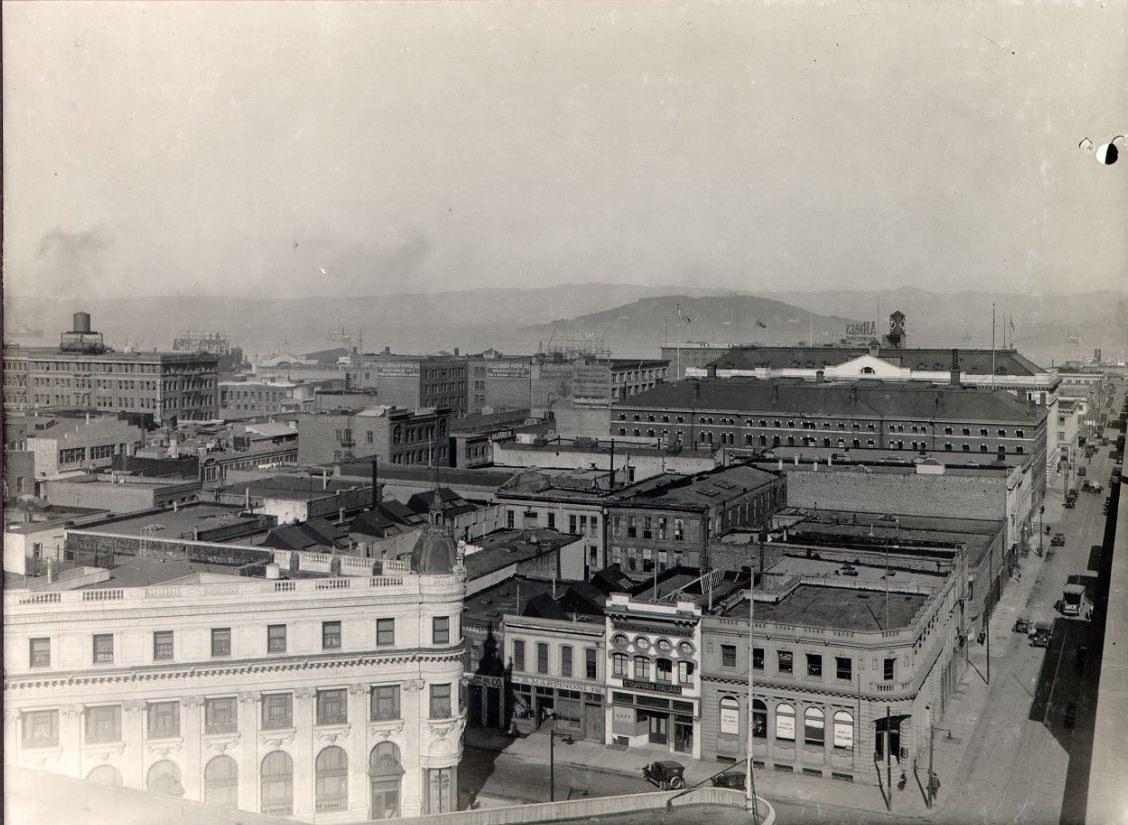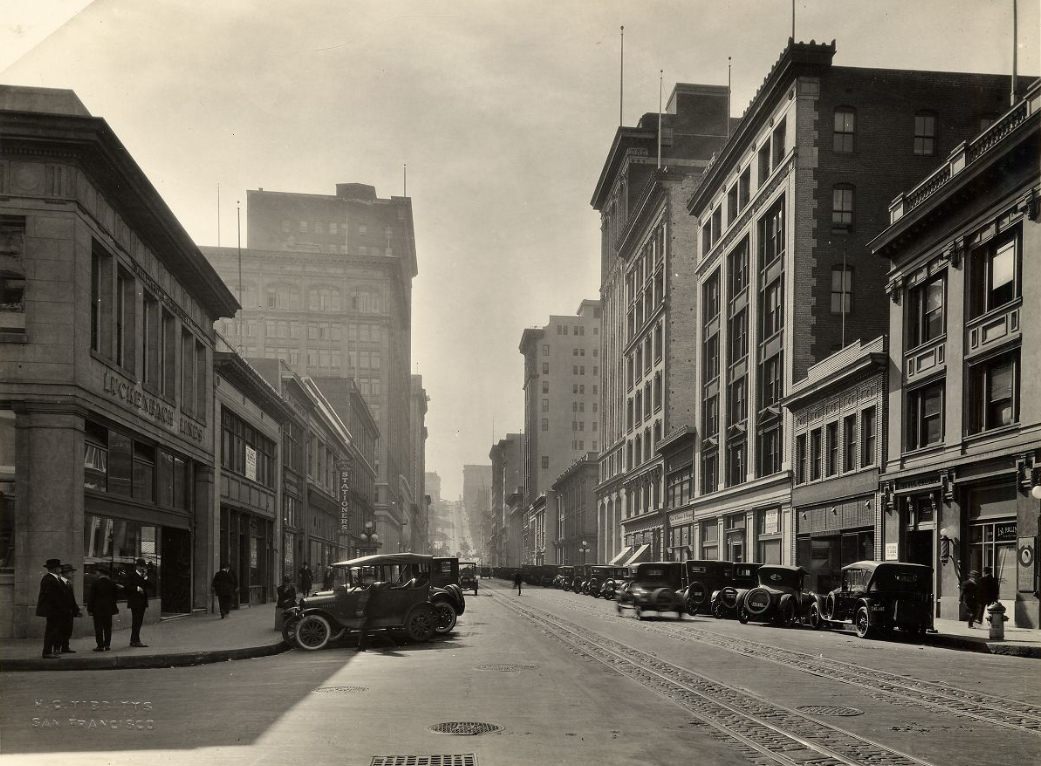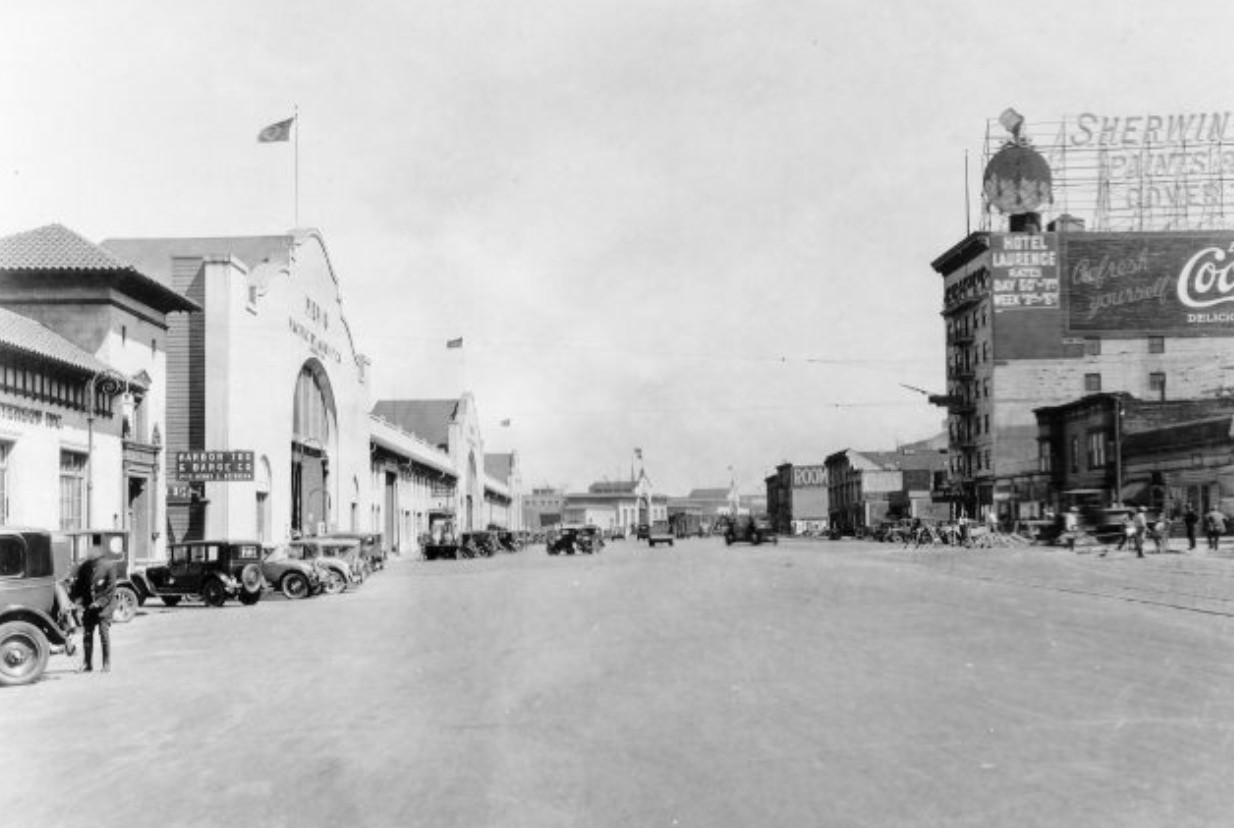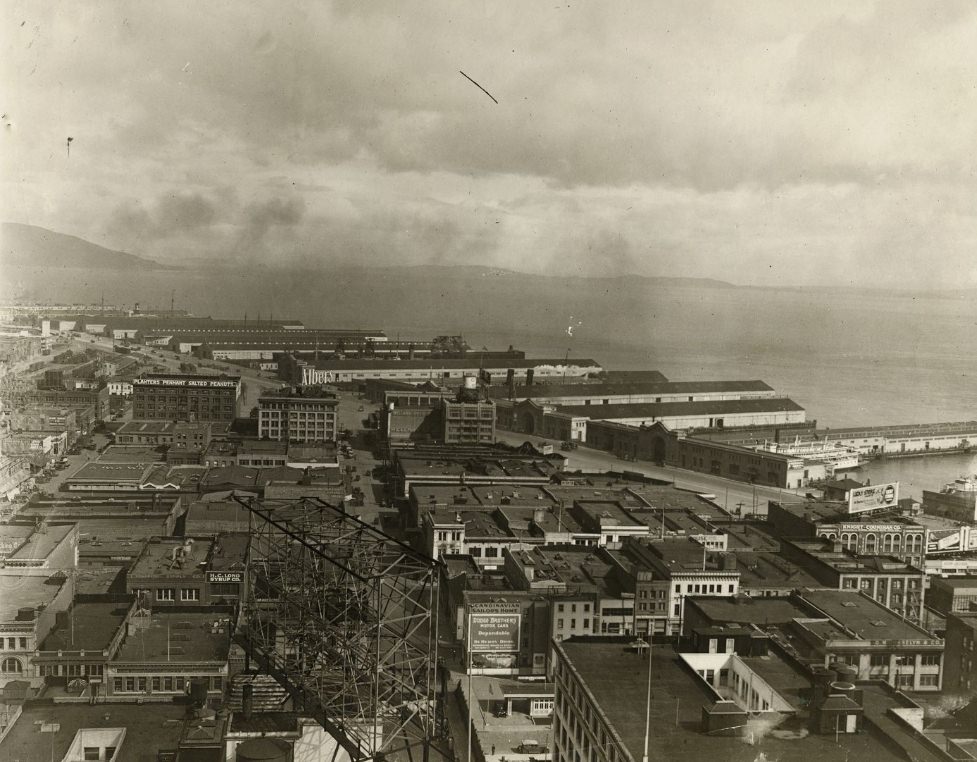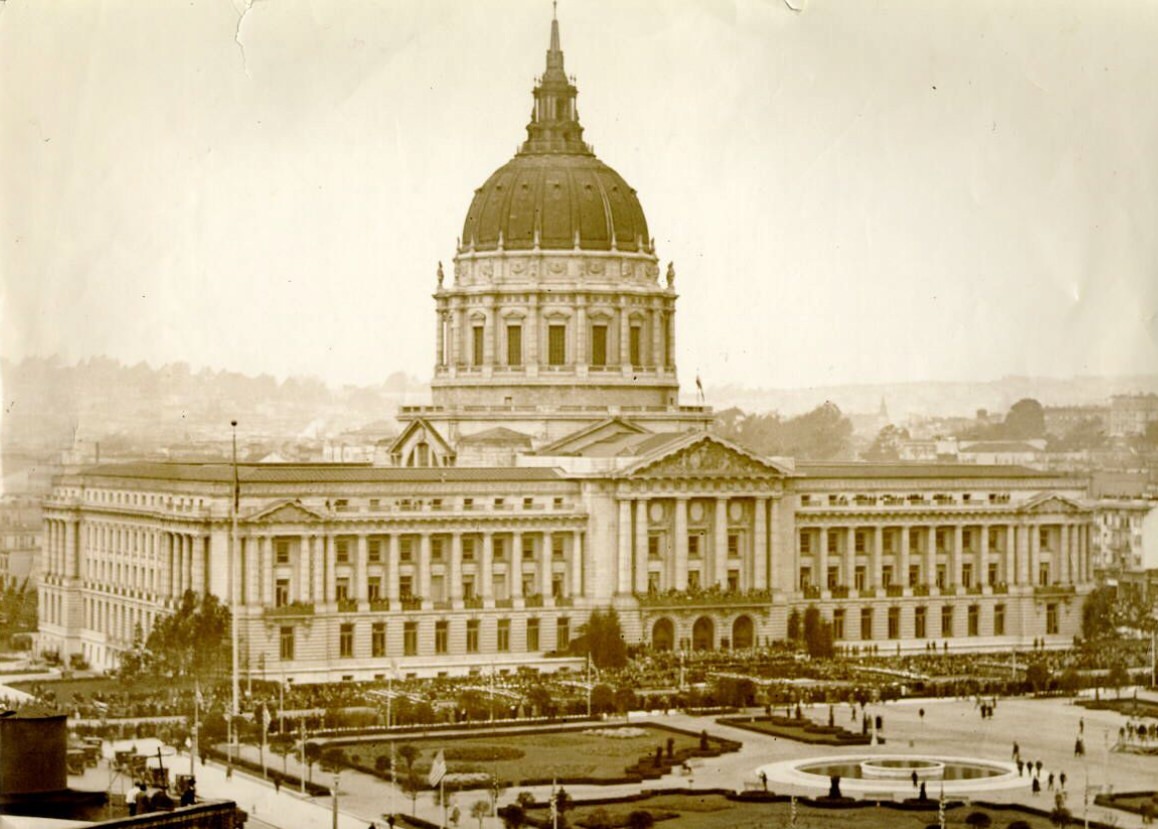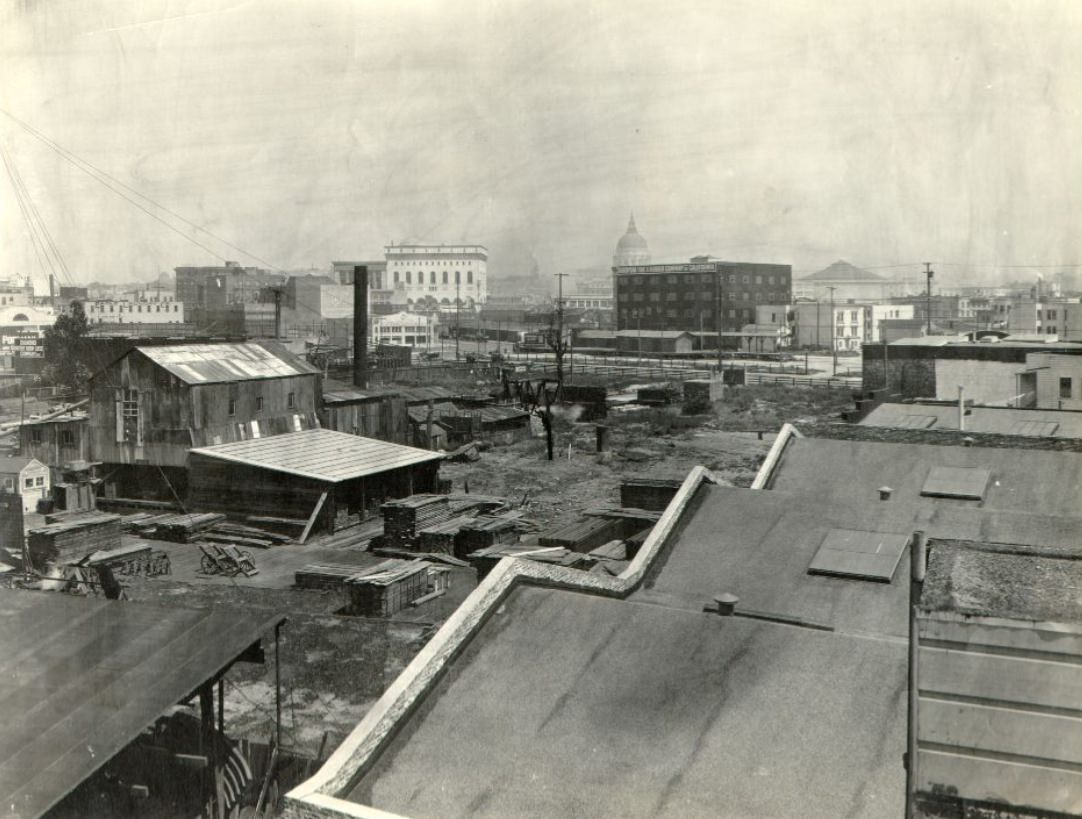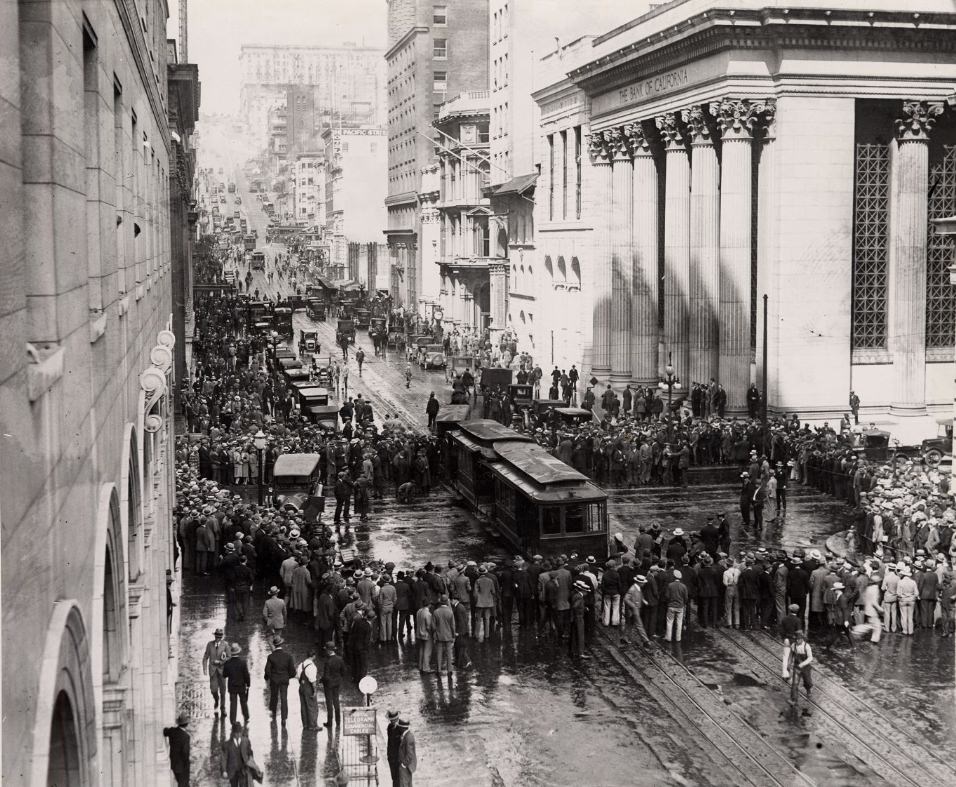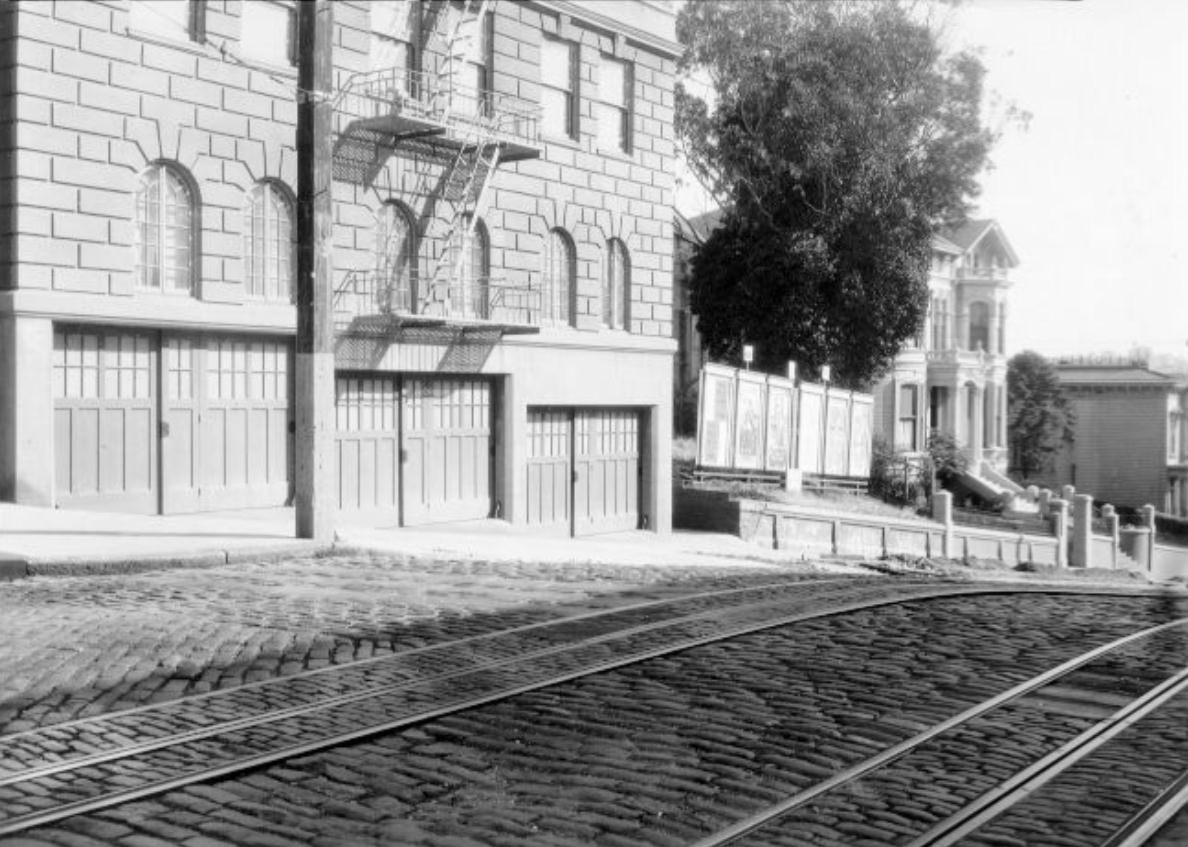The 1920s saw San Francisco’s street grid expand and evolve to accommodate the city’s growing population and economic activities. Key thoroughfares like Market Street solidified their status as commercial and cultural arteries, bustling with trams, automobiles, and pedestrians.
Neighborhoods such as the Marina District began to develop, offering picturesque views and stylish living to San Francisco’s burgeoning middle class. Meanwhile, Lombard Street’s famous crooked design was completed in 1922, becoming one of the city’s most iconic and photographed streets.
The Rise of Iconic Landmarks
Several landmarks that today define San Francisco’s skyline and cultural heritage either rose to prominence or were conceived. The planning and funding for Coit Tower, intended as a monument to the city’s firefighters, began, although its actual construction would be completed in the following decade.
Read more
The Pacific Telephone Building, an Art Deco skyscraper completed in 1925, stood as the city’s tallest building for many years, symbolizing San Francisco’s growing economic might. Meanwhile, the Palace of Fine Arts, originally constructed for the 1915 Panama-Pacific International Exposition and rebuilt in the 1920s, became a favored spot for leisure and photography with its classical Greco-Roman columns and serene lagoon.
Architectural Renaissance
The 1920s in San Francisco were characterized by an architectural renaissance, with the emergence of Art Deco and the continuation of the Beaux-Arts movement. The sleek lines, geometric patterns, and innovative use of materials like terra cotta in buildings such as the Pacific Telephone Building exemplified the Art Deco movement’s influence. At the same time, the grandeur and symmetry of Beaux-Arts architecture, influenced by the City Beautiful movement, were visible in civic buildings and public spaces, aiming to inspire and elevate through design and form.




